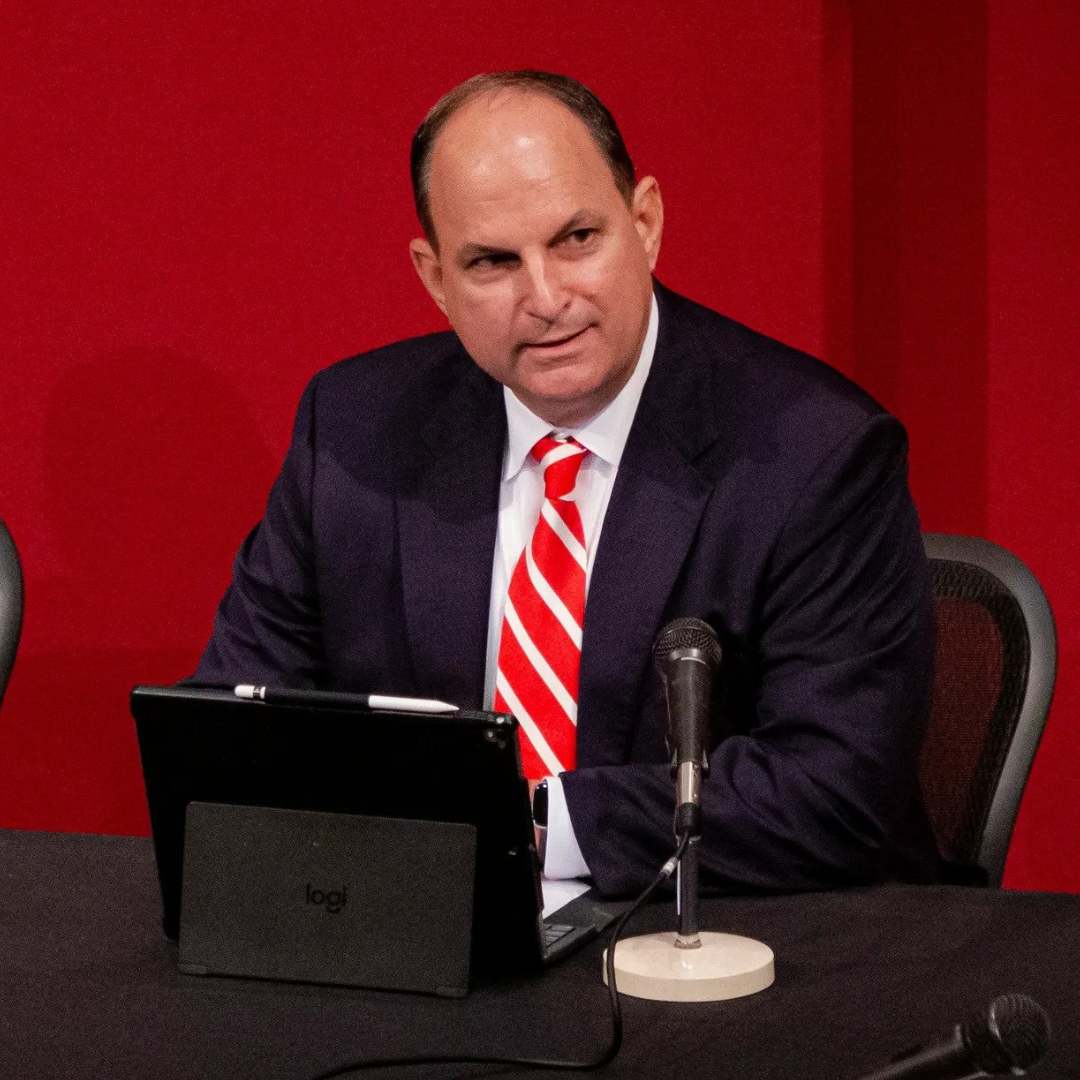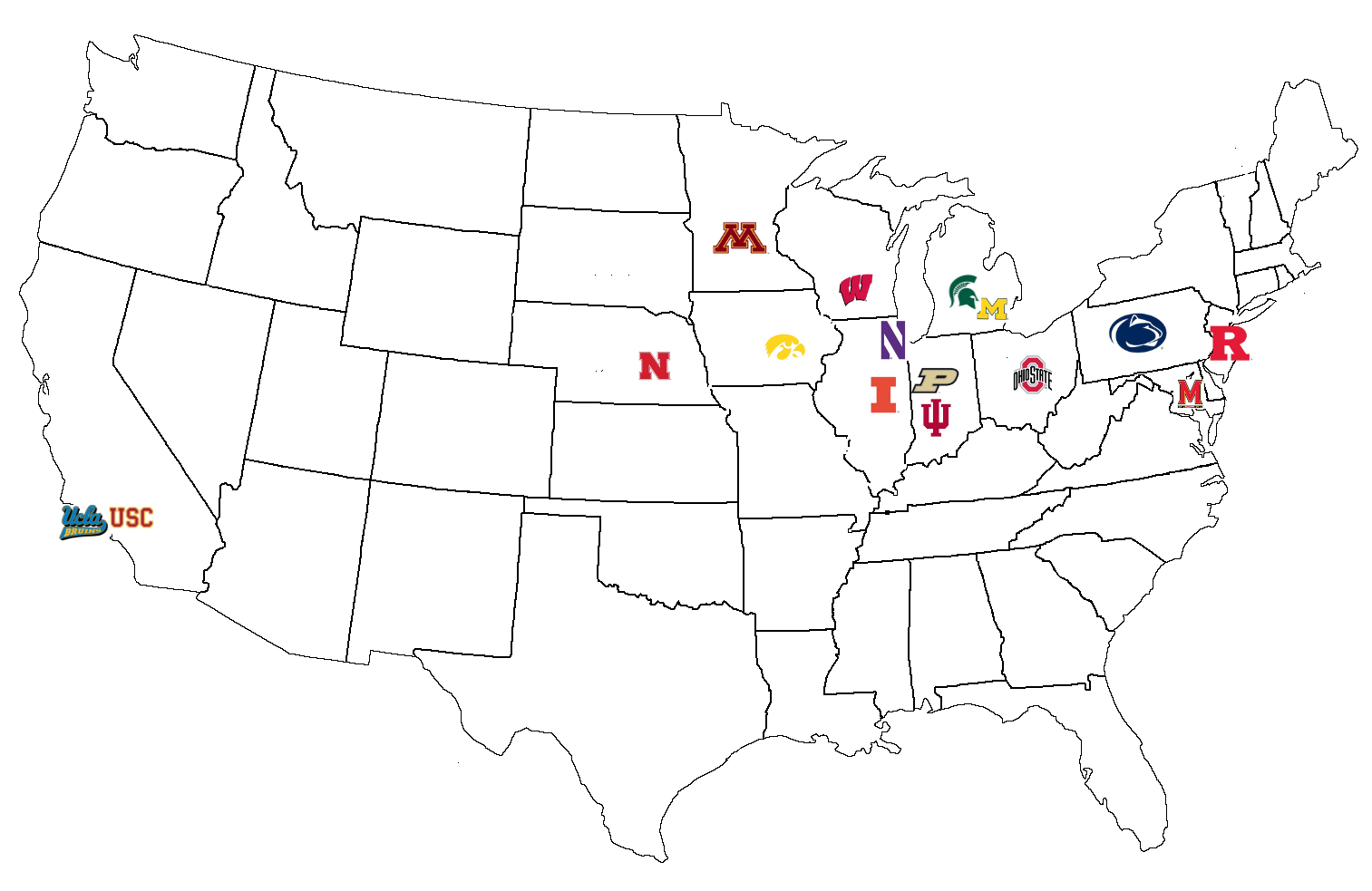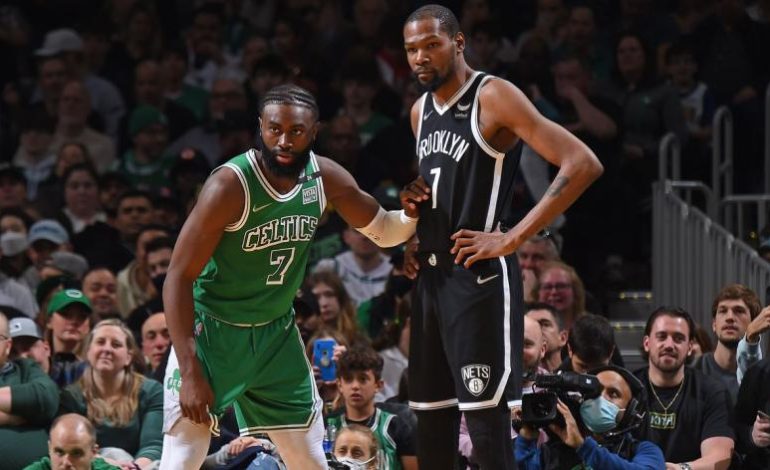Rarely is the state of Oklahoma the trendsetter for the rest of the country. Oklahomans like to watch the rest of the nation’s trends with a cautious eye and participate at their own leisure. Not this time, though. Oklahoma and its Athletic Director Joe Castiglione have set off a national fire that threatens to consume the Pac-12.
They’re not entirely to blame for this trend. As is typical with most of life’s problems, Texas shares some blame. If you somehow missed it and have no idea what I’m talking about, Oklahoma and Texas have decided to join the SEC. This prompted USC and UCLA to announce they would join the midwest conference, the Big 10. These decisions have sparked a national conversation about the idea of college super-conferences.

What is a Superconference? Nobody really seems to know. Is it the fusion of two of the Power Five’s conferences, in which case there are none? Or are the SEC and Big Ten now super-conferences? Why do people even want these so-called super-conferences?
It helps to follow the money. Money is the primary driver in all of these decisions, and almost all of that money comes from TV deals. Oklahoma and Texas are set to sign deals with the SEC Network, and by extension Disney, that are worth billions. The move also strategically weakens the Big 12 Network’s market share and eliminates Texas’s Longhorn Network entirely.
This prompted a response from Disney’s primary competitor in the college football world, Fox. Fox owns most of the Big 10 Network and understands the value of the Los Angeles market. As you can tell from the map below, bringing USC and UCLA into the fold makes little sense from a geographical perspective. That’s not what matters, though. It makes perfect sense from a financial perspective for Fox, and it leaves the Pac-12 high and dry.

So what comes next? Is the Pac-12 primed to make a similar move? Not likely, and again, money is the problem. The Pac-12 lacks a TV partner like The SEC, and the Big 10 have. They own their network and operate it themselves. The departure of USC and UCLA does open the door for San Diego State, BYU, or Boise State to join the fold, but none of those schools carry the market of the other names we’ve discussed.
Something else to note is that Disney also owns the ACC Network. The ACC has been discussed as a potential merger partner for the Pac-12, but that would almost certainly require Disney’s involvement to work out and approve such a merger. While Disney and Fox both have media rights deals signed with the Pac-12, they likely have little interest in investing in the Pac-12’s remaining schools.
Even more problematic for the Pac-12, they need to re-sign those TV deals now. So essentially, Fox stole all of the Pac-12’s bargaining chips right before they went to the table. According to FrontOfficeSports the Pac-12 was aiming to double its rights fee from 250 million annually to over 500 million. That just went completely out the window. The conference now stands to lose millions through the loss of USC and UCLA and their inability to replace them.

The Pac-12 has scrambled for options in recent weeks. They met with Big 12 officials about a potential conference merger but talks had fallen through by July 21st. This is quite ironic as the Big 12 had initially sought out a merger with the Pac-12 after Oklahoma and Texas announced their departures. Now it seems the Big 12 was uninterested in merging with them.
Worst of all, this means the bidding for BYU, SDSU, and Boise State is now between the Big 12 and Pac-12. The Big 12 Network has support from Disney and can offer far more lucrative deals to these schools as well. What must be The Pac-12’s nightmare situation is now a reality.
The Pac-12 is likely on its last legs. Even if they bring in the aforementioned interested schools, how many years does that buy them? The most dominant school in the conference is located in Eugene, Oregon. A state that has less than 200,000 more residents than the city of Los Angeles alone. Arizona and Arizona State theoretically have access to larger TV markets like Phoenix, but regularly fail to draw that audience due to their long-term mediocrity.
So let’s circle back. Who killed the Pac-12? Oklahoma and Texas’s decision to move triggered a long line of other decisions that seem to be leading to the demise of the conference. TV corporations share a lot of blame as well, stealing away USC and UCLA all but nailed their coffin. However, the Pac-12 has long been the weakest link in the Power Five, both on the field and off. Even if the conference lives on, it’s time as a part of the best conferences in football is over. Call it murder or natural selection, but the Pac-12’s death is nigh.
Want more Oklahoma and NFL content? Follow @Research_Passer on Twitter! For more on Oklahoma Football click here. Like Fantasy Football? Click here. To keep up with everything sports-related follow @BellyUpSports






